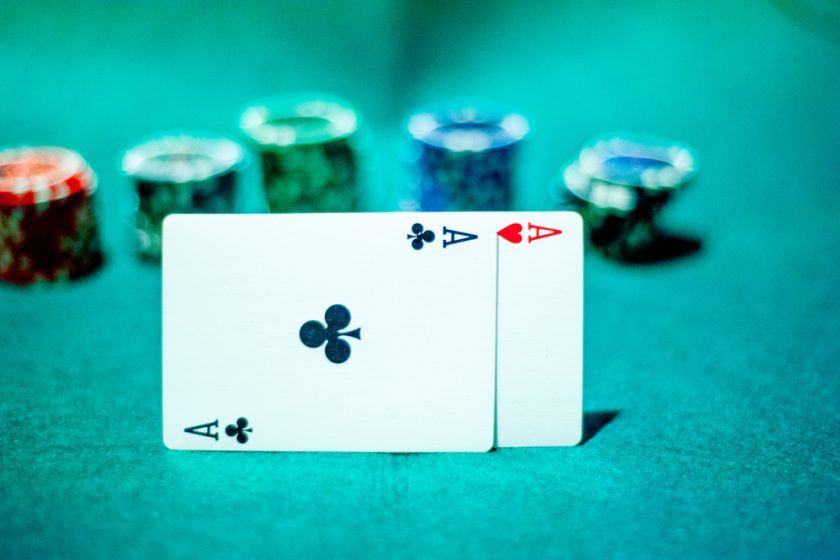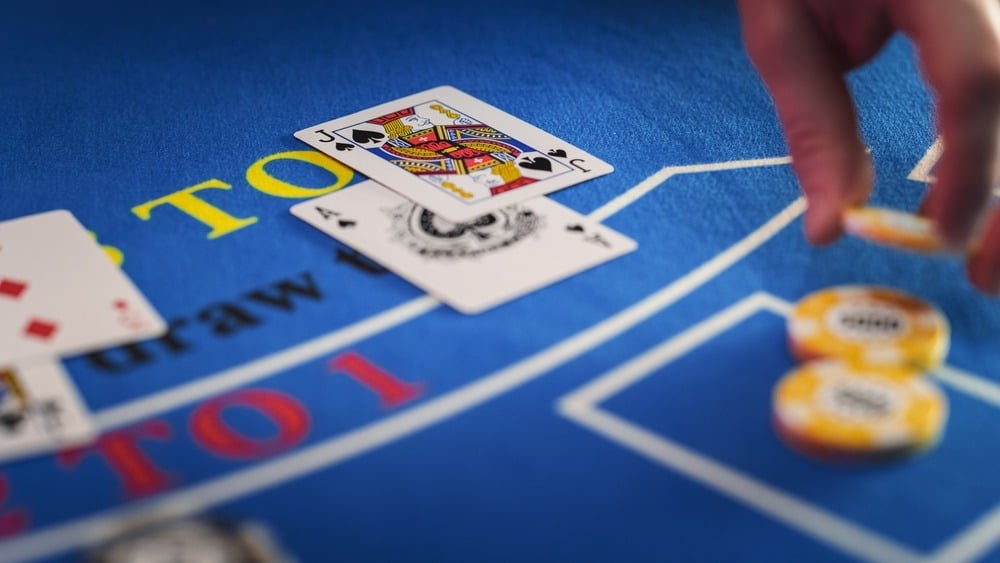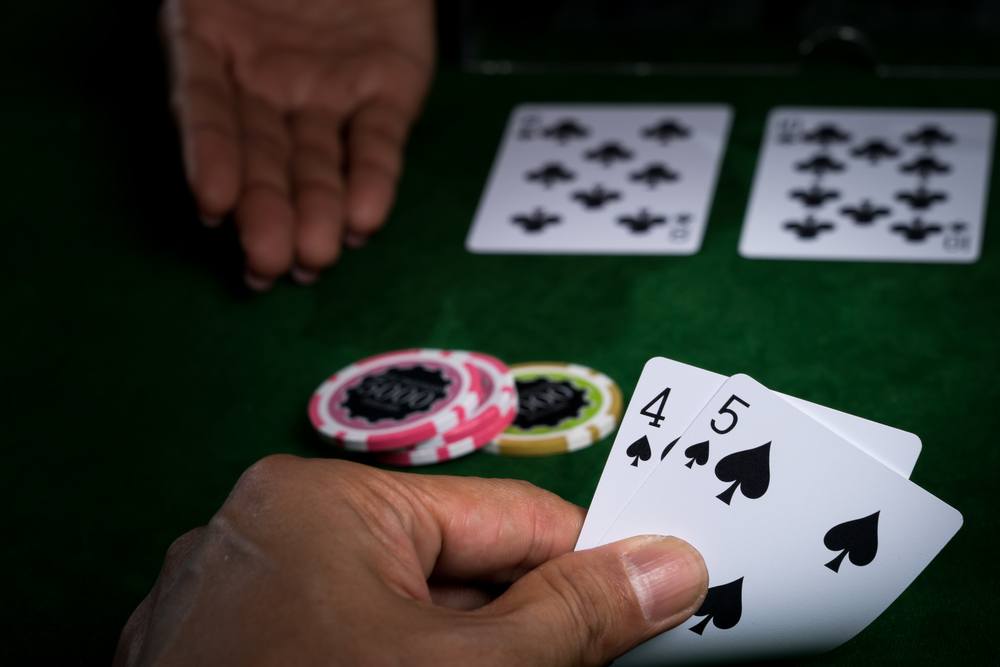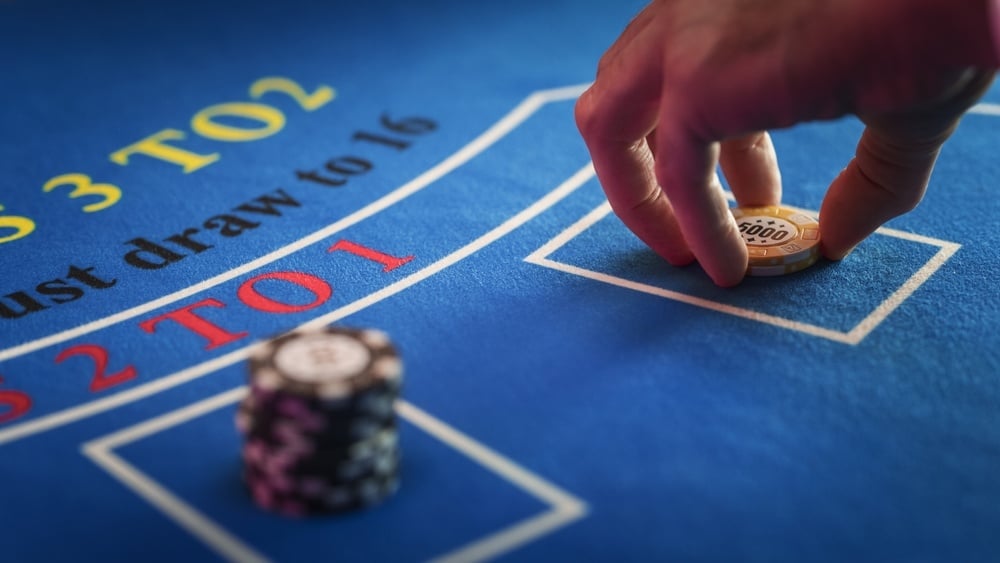Double Exposure Blackjack: Exploring the Face-Up Advantage in Casino Play

Understanding Double Exposure Blackjack: Core Gameplay and Unique Features
Double Exposure Blackjack is a distinct casino game variation where both of the dealer's opening cards are dealt face up for all players to see. This striking difference from classic blackjack gives players a glimpse into the dealer’s complete initial hand, greatly influencing strategy and in-game decisions. However, this apparent advantage comes with a set of alternative rules and compensations that maintain the casino's upper hand.
Key characteristics of Double Exposure Blackjack include:
- **Full Dealer Card Visibility:** Both of the dealer's first two cards are openly displayed, providing players with additional information before each move.
- **Ties Favor the Dealer:** Except in the case of a natural blackjack, any tie between the player and the dealer results in a loss for the player-unlike in traditional blackjack, where ties are considered a "push."
- **Reduced Blackjack Payout:** A natural 21 pays even money (1:1), not the standard 3:2 jackpot, lowering potential winnings from blackjack hands.
- **No Insurance or Surrender:** Players cannot take out insurance or choose to surrender, limiting risk management options.
- **Altered Strategy Requirements:** Because both dealer cards are visible, optimal play diverges from basic blackjack strategy and requires learning specific tactics for this variant.
Face-Up 21 Explained: Game Terminology and How Double Exposure Works
Double Exposure Blackjack, sometimes referred to as "Face-Up 21," is simply a variant where the dealer’s two initial cards are exposed. This distinguishes it from conventional blackjack, which reveals only one dealer card-the so-called “up card.” Seeing the dealer's whole starting hand dramatically alters decision-making for experienced and new players alike.

Image credit: Kitreel/Shutterstock
Double Exposure vs. Classic Blackjack: Key Rule Differences
Though Double Exposure Blackjack maintains many fundamental mechanics of traditional blackjack, several crucial rules set it apart. Here's a detailed comparison:
| Aspect | Traditional Blackjack | Double Exposure Blackjack |
|---|---|---|
| Dealer Cards Shown | One card (up card) | Both cards visible |
| Ties (excluding blackjack) | Push (no win/loss) | Dealer wins ties |
| Blackjack Payout | 3:2 (or 6:5 on some tables) | 1:1 (even money) |
| Insurance/Surrender | Frequently available | Not available |
| Double Down Allowed | Most hand values | Often limited to 9, 10, or 11 |
| Splitting Aces | Can usually split and draw multiple cards | Only one split and single card drawn |
| House Edge (Perfect Strategy) | Approx. 0.54% | Approx. 0.67% |
Ties Result in Player Losses
A critical change is that all ties (other than two blackjacks matched) are automatically losses for the player. In standard blackjack, such ties are a "push," where players retain their bet. This rule adds substantially to the casino’s overall advantage.
Reduced Blackjack Rewards
Classic blackjack typically pays 3:2 for a natural 21, although some modern tables reduce this to 6:5. Every win on a natural blackjack in Double Exposure, however, is only paid at even money. This significant difference lowers expected returns, particularly for strategic players.
Blackjack Against Dealer Blackjack
If both the player and the dealer draw a natural 21 in their initial hands, the tie is a loss for the player in Double Exposure Blackjack. Only in classic blackjack does a shared blackjack result in a push.
Restrictions on Doubling Down
While players might double down on any two cards in regular blackjack, Double Exposure Blackjack often limits this move to hand values of 9, 10, or 11. This restriction narrows opportunities to increase stakes on favorable starting hands.

Image credit: pixs4u/Shutterstock
No Surrender Option
Surrender allows blackjack players to forfeit their hand and reclaim half of their bet, either before or after the dealer checks for blackjack. This risk-mitigating option is completely removed in Double Exposure, making participants commit to each hand until a win or loss.
- Early Surrender: Allows quitting before the dealer checks for blackjack. Rare and highly favorable.
- Late Surrender: More common and granted after the dealer checks for blackjack, but unavailable in Double Exposure Blackjack.
Splitting Aces with Limitations
Players are allowed to split pairs of aces only once and receive just one additional card per split hand. Furthermore, any 21 composed after a split is not considered a natural blackjack and will lose in a tie against the dealer.
Pros and Cons: Is Double Exposure Blackjack Worth Playing?
While the transparent dealer hand initially seems to offer a powerful advantage, the true casino edge is maintained by several player-unfriendly adjustments. Here’s a summary of benefits and drawbacks:
Advantages:
- Full visibility of the dealer’s cards permits more informed decisions about hitting, standing, doubling, or splitting.
- The game offers a fun twist for those who have mastered standard blackjack strategy and want a new challenge.
Disadvantages:
- Lower blackjacks payouts and dealer-favoring ties erode potential profits.
- Restricted doubling and splitting options limit strategic flexibility.
- Without surrender or insurance, players have few ways to manage bad hands.
Ultimately, those seeking the best odds and most favorable rules will likely prefer traditional blackjack tables.

Image credit: Kitreel/Shutterstock
Optimal Strategy Tips for Double Exposure Blackjack
Basic blackjack strategy doesn’t fully translate to Double Exposure Blackjack. Since both dealer cards are visible, some conventional advice should be set aside in favor of a new approach that maximizes your chances under these house-biased rules. While specific strategies can vary between casinos, here are widely-recognized best practices:
- Only split aces unless the dealer is showing 11, 17, 18, 19, or 20.
- Avoid splitting tens-stick with your 20.
- Stand whenever the dealer’s hand totals 17-20.
- Double down when holding 9, 10, or 11 against the dealer's 14, 15, or 16.
- Always hit if the dealer shows 20, regardless of your total.
- If your total is 11 or less, hit unless special rules dictate otherwise.
Practicing online with free versions of Double Exposure Blackjack can help you adjust to its unique structure before placing real wagers.
Familiarity with Other Blackjack Rules
Despite the changes, most standard blackjack rules-like how card values are calculated-still apply unless the casino posts additional house-specific rules. It is recommended that players have a thorough understanding of classic blackjack rules and strategies to ensure a smooth learning curve with the Double Exposure variant.

Image credit: Kitreel/Shutterstock
Common Mistakes: Avoid Treating Double Exposure Like Regular Blackjack
One costly error is applying standard blackjack strategy without regard for the double exposure rules. Because ties result in losses and optimal moves differ due to full dealer card visibility, ingrained habits from classic blackjack may backfire. Adapting your play style and memorizing the particular adjustments for this game is essential if you want to minimize losses.
Where to Find the Best Double Exposure Blackjack Games
Most brick-and-mortar casinos offer traditional blackjack more frequently due to the overhead and lower profitability of Double Exposure Blackjack. Conversely, online casinos tend to feature better Double Exposure tables with more favorable rules for players. The lower operational costs of digital gaming platforms allow for better pay tables and house rules in favor of the player.
If you're interested in trying this variant, exploring reputable online casinos will likely yield the most attractive options.
Final Thoughts
Double Exposure Blackjack presents a novel take on a casino favorite, letting players see the dealer's hand and rethink their strategy. However, the game’s adaptations-favoring the house through ties, payouts, and restricted moves-make it less friendly to players pursuing long-term gains. Enthusiasts willing to accept the challenge and master a different set of skills may enjoy its open-hand dynamics; but for the best odds, standard blackjack remains the go-to choice.
Title image credit: Clementetinin/Shutterstock













